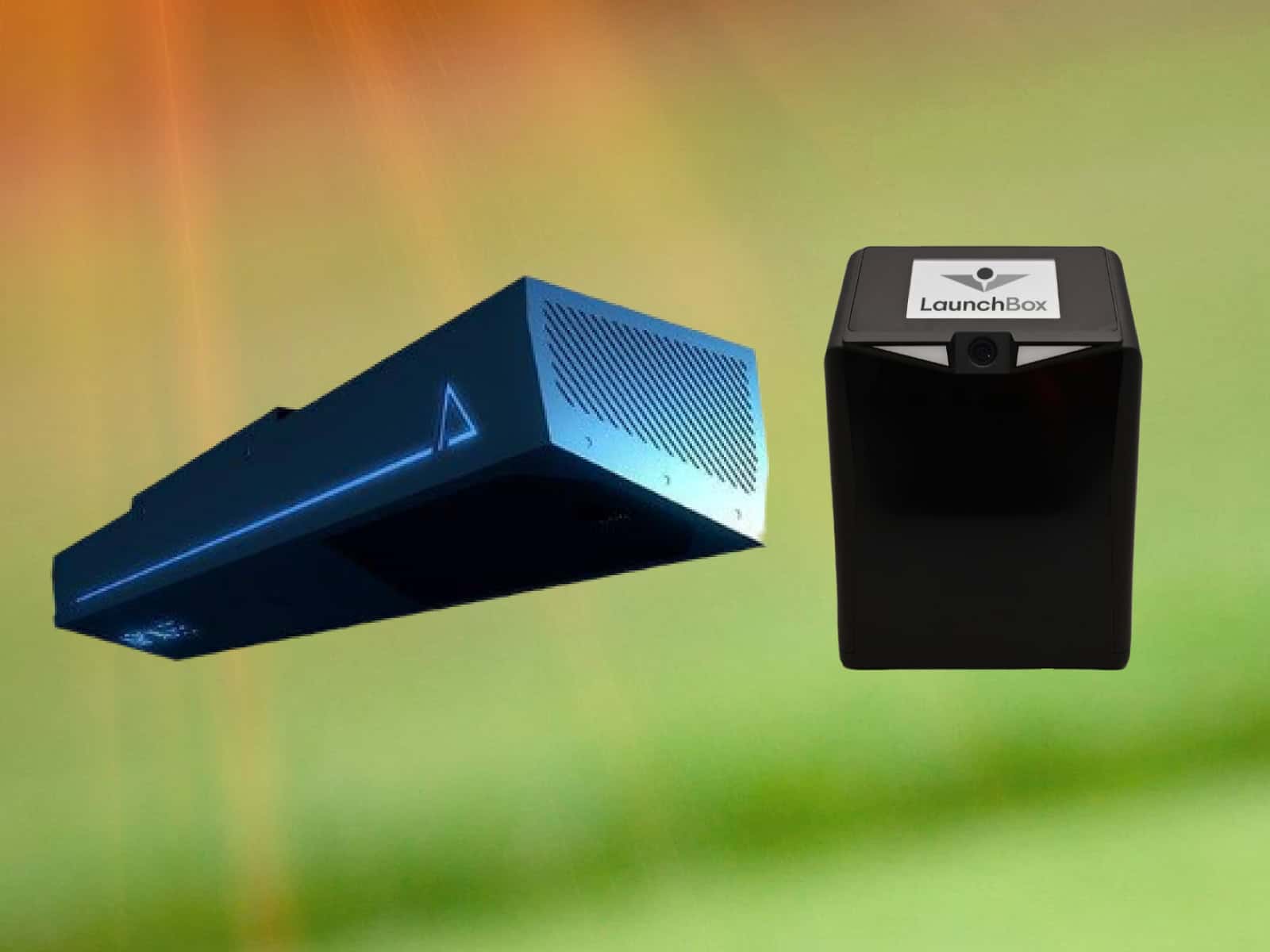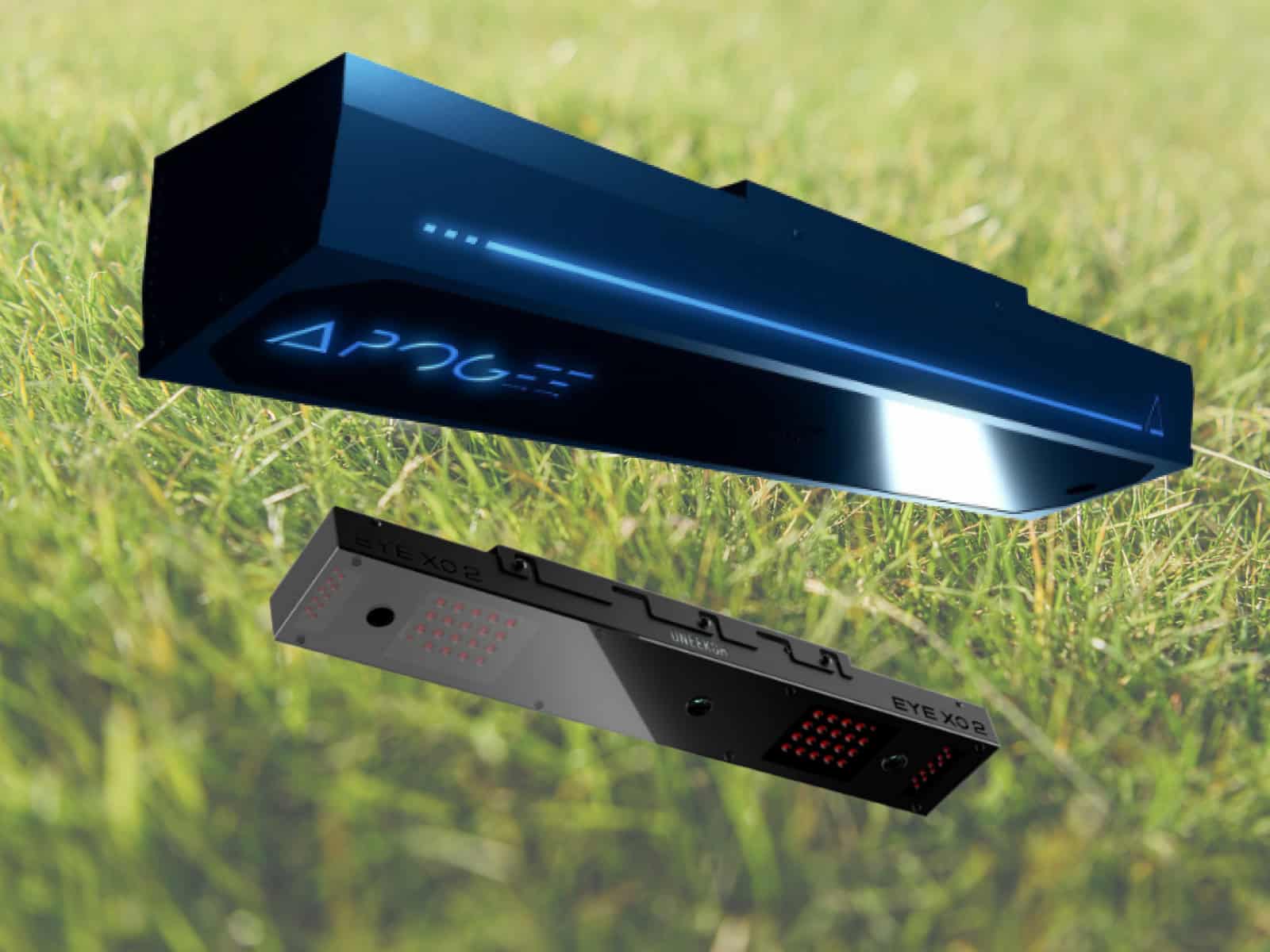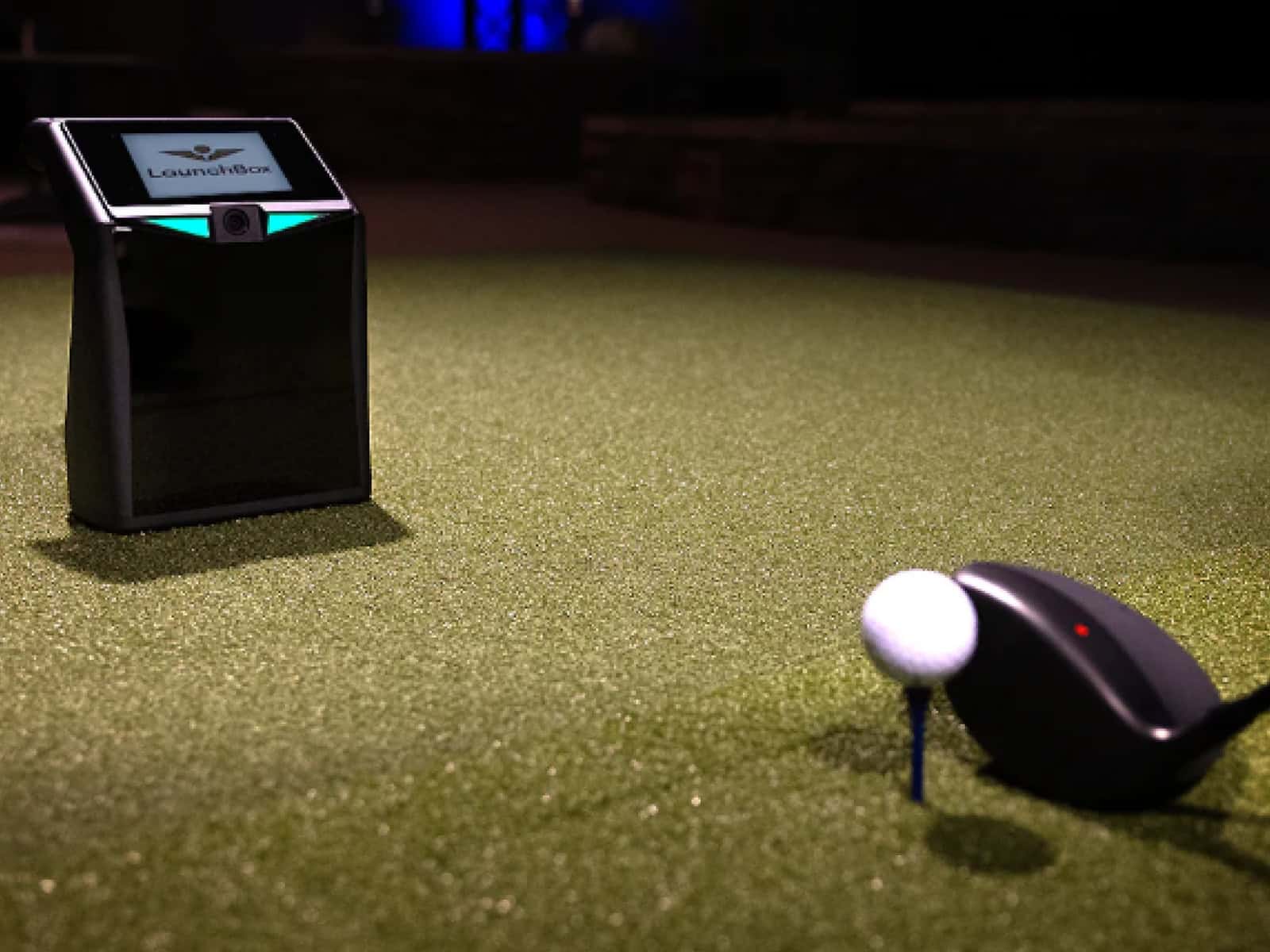Launch monitors have become indispensable analysis tools for golfers looking to improve their games. With the ability to precisely track metrics like club head speed, ball speed, launch angle, spin rate, and more, launch monitors can reveal strengths and weaknesses in a player’s swing and equipment.
However, most recreational golfers primarily use launch monitors at their local driving ranges and practice facilities. This raises an important question – do launch monitors maintain their touted accuracy when used in conjunction with the low-quality, beaten-up range balls found at most ranges?
This article will dive deeper into that issue and evaluate whether launch monitors can be reliably utilized with the inconsistent, damaged range balls that most non-professional golfers are limited to using for practice.
We’ll assess the potential variables like construction, compression, aerodynamics, and durability that could impact range ball performance. We’ll also outline the best practices golfers and club fitters can employ to mitigate limitations when using launch monitors with range balls.
What are Launch Monitors and What Data Do They Measure?
Before analyzing their accuracy with range balls, it’s important to understand what launch monitors are and what swing and ball flight data they aim to measure.
Check Also: Most Accurate Golf Launch Monitors – Test-Based Reviews
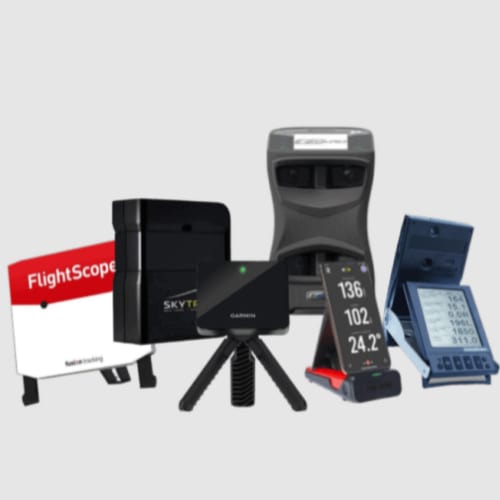
Launch monitors use radar, camera sensors, or other tracking technologies (sometimes combining more than one) to precisely measure club head speed, ball speed, launch angle, azimuth, backspin, sidespin, carry distance, and more. This wealth of data helps golfers pinpoint areas needing improvement and choose optimal equipment specifications.
Most launch monitors also instantly display the simulated ball’s full trajectory in video formats.
Check out our guide on how golf launch monitors work for a more detailed explanation of how they work and the specific data they measure.
To maximize the effectiveness of your driving range sessions, consider incorporating a reliable device into your practice routine. Tested launch monitors for driving range practice offer real-time feedback on crucial swing metrics, allowing for targeted improvements and consistent progress tracking. These specialized devices are engineered to perform accurately in outdoor environments, providing insights that can directly translate to better performance during actual rounds of golf.
Why Could Range Balls Potentially Reduce Accuracy?
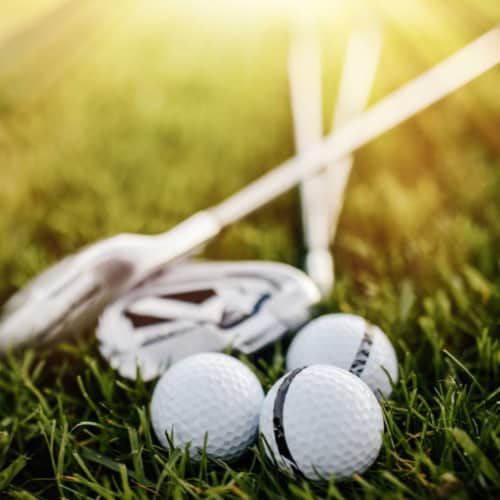
In contrast to premium balls meeting PGA Tour standards, range balls are produced as cheaply as possible in order to withstand the punishment of massive driving range volumes. They often feature a solid plastic or mixed-material core rather than higher-performing rubber or liquid.
The harder shells and cores lead to reduced shot distances, diminished spin capability, and more variance in quality. Range balls can also degrade quicker with large buckets seeing more abuse over time. These performance inconsistencies could certainly impact a launch monitor’s tracking fidelity.
While this section focuses on range balls, it’s worth noting that similar factors can affect the accuracy of launch monitors, particularly those that rely on launch angle and ball tracking data. For an in-depth exploration of how these factors impact golf simulator accuracy, check out our article on how accurate golf simulators are.
Testing Launch Monitor Accuracy with Range Balls
To determine if launch monitors maintain their precision when used with range balls compared to premium balls, controlled testing is required. The following are the best practices for structuring accuracy tests between ball types.

Conducting Controlled Accuracy Testing
The optimal way to assess launch monitor accuracy with range balls is to conduct structured testing comparing data captured from premium and range balls when struck in a controlled, consistent manner.
Employing Robotic Ball Striking
Human swing inconsistency introduces variability that makes accuracy analysis difficult. Using highly precise robotic ball striking instead ensures every shot has near identical impact factors like club head speed, club face angle, impact location, and attack angle.
Testing Multiple Range and Premium Ball Models
As range balls have greater variance, collecting data across multiple models provides more reliable test sampling. Testing at least 3-5 premium and range ball types helps identify accuracy trends.
Monitoring All Output Variables
Every measurement a launch monitor outputs like ball speed, launch angle, backspin, carry distance, etc. should be monitored for deviation patterns between ball types.
Performing Higher Shot Volumes
More data samples allow for better analysis of variance and margins of error. Testing at least 10-20 shots of each ball type provides suitable data.
Evaluating Accuracy Deviations
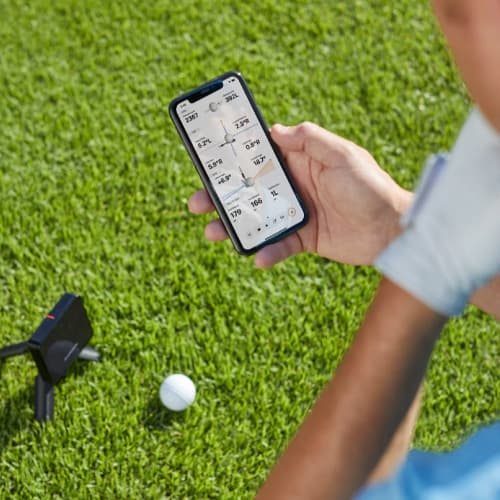
By tabulating shot data in a structured manner and comparing range and premium ball results, accuracy deviations become evident:
- Detailing Shot Group Variances – Higher variance in the same shot group points to inconsistencies.
- Identifying Outlier Shots – Flier outlier range ball shots indicate construction variability.
- Assessing Group Means – Compare group means to identify systematic distortions.
- Examining Error Margins – Error margins determine if inaccuracies surpass acceptable tolerances.
Best Practices for Using Launch Monitors with Range Balls
While accuracy deviations can occur when using launch monitors with range balls compared to premium balls, you can still employ tactics to mitigate potential distortions.
Choosing High-Quality Range Balls
Not all range balls exhibit the same degree of variability and inconsistency issues during testing. When possible, opt for higher-end range balls that feature durable surlyn covers rather than basic matte finishes. These tend to act more like premium balls. Also, avoid visibly damaged range balls.
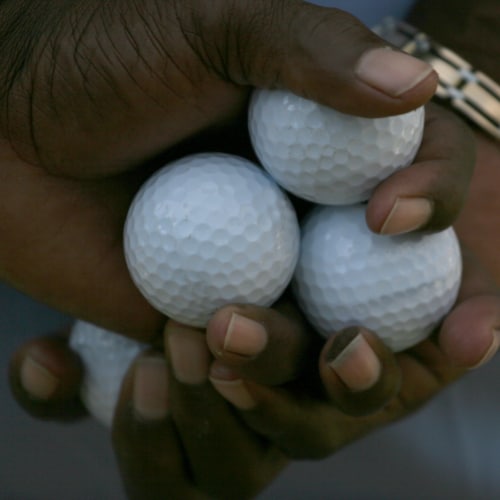
The ultimate way to maximize launch monitor accuracy is to supply your own premium quality balls with known consistent performance rather than range balls with unpredictable wear and tear degradation. This rules out variance from differing ball constructions. Mark personal balls to avoid confusion.
Using the right balls is important, but there’s more to consider. For a deeper dive into balls specifically designed for simulators, check out our article on the best golf balls for simulators.
Employing Calculated Adjustments
Certain launch monitors suggest inputting offsets to account for discrepancies when using range balls. These calculated adjustments consider differences in compression ratings and coefficients of restitution to improve accuracy. Always reference manufacturer guidelines for optimization details.
Repeating Shots and Averaging
Due to greater variability with worn range balls compared to new premium balls, collecting larger sample sizes can help mitigate outlier shots skewing results. Hitting 10-20 shots of each club and averaging the median launch monitor outputs helps smooth data.
Adhering to these best practices allows golfers and club fitters to feel more confident they are getting actionable and precise data while still taking advantage of the launch monitor conveniences at their local driving ranges.
Frequently Asked Questions
Below are answers to some of the most common questions golfers have regarding the use of range balls with launch monitors.
Do range balls negatively affect club head speed measurements?
Minor inconsistencies in range ball compression can lead to small variances in club head speed reporting. However, these differences usually amount to 1-3 mph at most. Better quality range balls minimize potential distortions.
Is spin rate data less reliable with range balls?
Yes, the lower-quality covers and cores of range balls reduce spin capability compared to premium balls. This can lead to artificially reduced backspin and sidespin outputs. Replacing worn range balls and using new ones helps improve reliability.
Can using range balls cause inaccurate ball flight or carry distance readings?
Yes, it’s possible. The durable covers on range balls lead to a lower coefficient of restitution, reducing flight distances by 5-15 yards on average compared to premium balls. Launch monitors may misreport absolute carry yardages as a result, but relative shot shaping and trajectory consistency remain accurate.
Premium balls usually last for only 1-2 rounds before wear impacts performance, while quality range balls typically endure 100+ full-force strikes before showing significant deterioration. However, buckets of community range balls quickly accumulate damage from volume use.
What design flaws make range balls perform inconsistently?
The hard plastic cores and cheap surlyn covers of range balls focus on durability over performance. This leads to wider variance in ball compression, dimple symmetry, and club impact response compared to premium ball designs tightly conforming to quality assurance standards.
Are some launch monitors better optimized to handle range balls?
Advanced models like TrackMan and GCQuad explicitly support range ball usage calculations. Lower-end options assume consistent ball dynamics that premium balls deliver, so they may require manual offsets to improve accuracy with erratic range balls.
Final Thoughts
Through structured testing methodologies, this article demonstrated accuracy distortions could occur when comparing launch monitor measurements between worn, inconsistent range balls versus premium balls meeting professional specifications. The cheaper materials and emphasis on durability over performance in range balls increase variability in key shot metrics like ball speed, launch angle, spin rates, and carry distance. Still, proper tactics can mitigate limitations.
While range balls will result in some data inconsistencies, golfers and club fitters can follow best practices to minimize distortions. Prioritizing exclusive use of newer, better quality range balls helps significantly, as does personally supplying preferred premium balls. Manufacturers also build accounting for range ball discrepancies into advanced launch monitors’ fitting algorithms.
While launch monitors are typically used with golf balls, some golfers may wonder about their functionality without actual ball striking. Can you use a launch monitor without a ball? This question is particularly relevant for those looking to practice their swing mechanics or for indoor training scenarios where hitting balls isn’t feasible. Understanding the capabilities and limitations of launch monitors in ball-less scenarios can provide valuable insights for golfers seeking to maximize their practice sessions.
By understanding accuracy limitations and employing appropriate strategies, launch monitor users can continue benefiting from the invaluable instant feedback these systems provide – even when limited to subpar range balls at the driving range.



